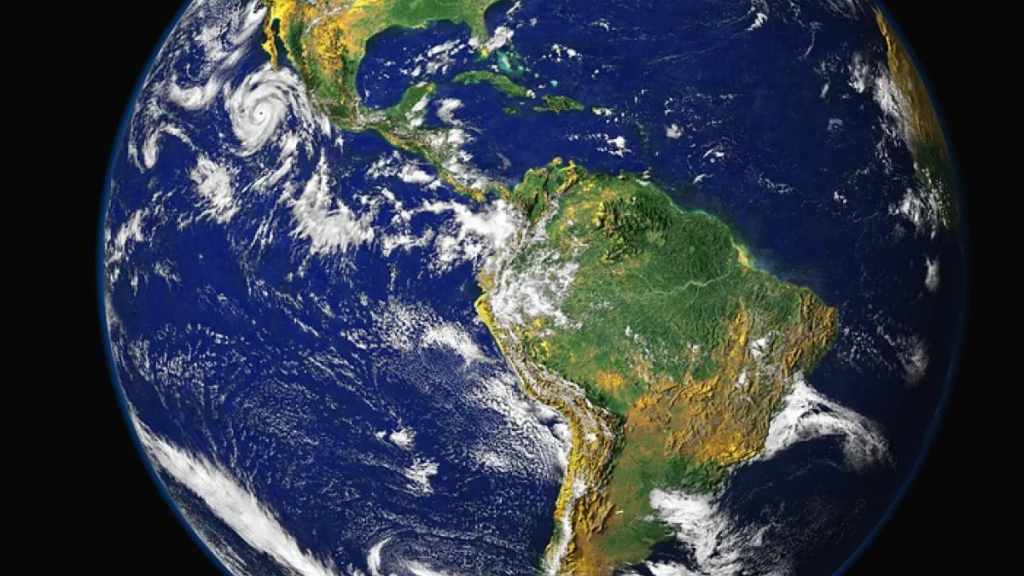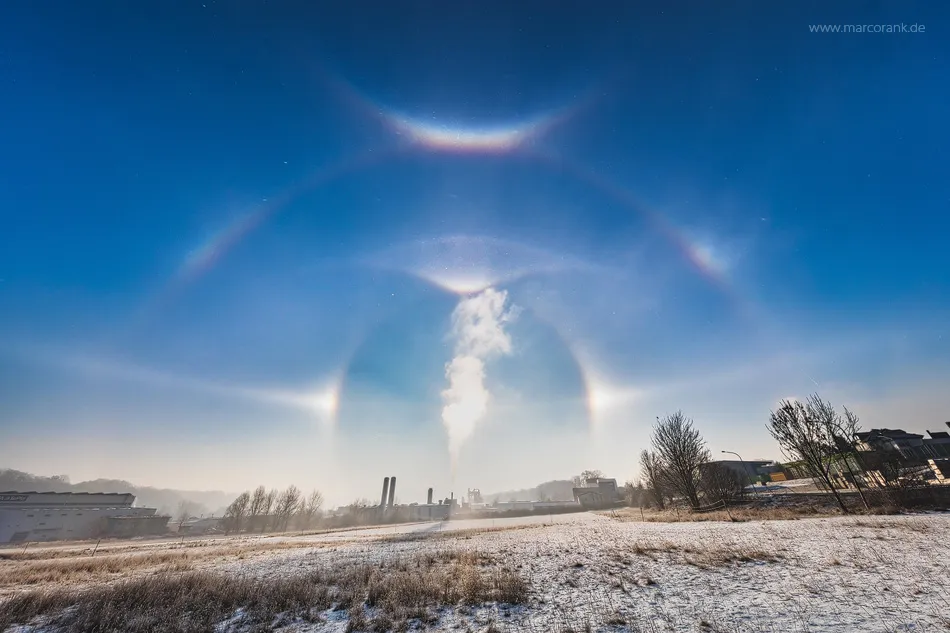The idea of combating climate change has taken a new turn as scientists propose a groundbreaking, albeit expensive, solution: spraying diamond dust into the atmosphere to cool the planet. The proposition, while futuristic, raises both excitement and concerns due to its scale, cost, and feasibility.
This innovative approach to geoengineering could have profound impacts on global temperatures and climate mitigation efforts. Yet, at a staggering cost of $200 trillion, the debate surrounding its practicality is equally compelling.
The Science Behind Diamond Dust Geoengineering
The concept of geoengineering — the deliberate alteration of Earth’s climate system to counteract global warming — has been explored for years. Previous studies have often focused on more conventional aerosols, such as sulfur dioxide, that could reflect sunlight and lower global temperatures.
However, these materials carry risks, including acid rain and damage to the ozone layer. In the latest study published in Geophysical Research Letters, a team of Earth scientists, climatologists, and meteorologists proposed a more refined solution: diamond dust.
Using 3D climate models, the researchers compared various aerosols, including sulfur dioxide, calcite, silicon carbide, aluminum, anatase, and rutile.
They examined these substances for their ability to reflect sunlight, their durability in the atmosphere, and whether they would contribute to harmful environmental side effects. The analysis revealed that diamond dust performed better than other aerosols in several key areas.
Read : Smartphone Overtakes Diamonds as India’s Top Export from the US
Diamond dust is highly reflective and can remain in the atmosphere for extended periods, making it ideal for reflecting sunlight back into space. Its unique properties also ensure that it would not clump together and fall to Earth prematurely, retaining its cooling effect over time.
Moreover, diamond dust is chemically inert, meaning it would not react with other substances in the atmosphere to produce harmful by-products like acid rain. This makes it a cleaner alternative to sulfur-based aerosols, which have previously been suggested for geoengineering projects.
Read : Savji Dhanji Dholakia: The Richest Man in the Diamond Industry
The team’s model showed that, if implemented correctly, injecting five million tons of synthetic diamond dust into the atmosphere could cool the Earth by approximately 1.6 degrees Celsius over the span of 45 years. In the context of current climate change projections, this could be a significant reduction in global temperatures and a potential solution to the growing threat of climate-driven disasters.
Cost and Feasibility: The $200 Trillion Price Tag
While the science behind diamond dust geoengineering is promising, the astronomical cost is the most immediate hurdle. The study estimates that carrying out this project on a global scale would cost around $200 trillion, a figure that far exceeds the gross domestic product (GDP) of any nation and even dwarfs the total global GDP.
This cost estimate includes not only the production of synthetic diamond dust but also the logistics of dispersing it evenly across the Earth’s upper atmosphere.

For many, this price tag makes the idea seem almost unfeasible. Geoengineering advocates argue, however, that while the cost is enormous, the potential benefits might justify the investment. The global economy loses trillions of dollars annually due to climate change-related disasters, including floods, droughts, hurricanes, and heatwaves.
If diamond dust could prevent or mitigate these disasters, it might save lives, ecosystems, and economies in the long run. In this light, the $200 trillion expense could be viewed as a one-time investment in the future of humanity and the planet.
Another challenge beyond cost is the technical feasibility of injecting and maintaining diamond dust in the atmosphere. Spraying five million tons of diamond dust every year would require an immense and highly coordinated global effort.
Specialized technology would need to be developed to distribute the dust evenly across the globe and at a high enough altitude for it to be effective. Ensuring that the dust particles remain aloft for long periods would also require ongoing maintenance and monitoring.
Given the scale of the project, international cooperation would be essential. A single country could not carry out such a massive undertaking alone. Global consensus on the use of diamond dust geoengineering would be necessary, along with agreements on who would fund and manage the project.
This level of global cooperation has been difficult to achieve even in less ambitious climate agreements, raising concerns about whether diamond dust geoengineering could ever be implemented on the necessary scale.
Potential Risks and Ethical Considerations
The potential risks associated with diamond dust geoengineering cannot be overlooked. Although diamond dust is chemically inert, meaning it is unlikely to produce harmful by-products, the long-term effects of dispersing such large quantities of material into the atmosphere are not yet fully understood. Critics of geoengineering often argue that intervening in Earth’s natural climate system could have unintended consequences.
For example, altering the amount of sunlight that reaches the Earth’s surface might disrupt weather patterns, agriculture, and biodiversity in ways that are difficult to predict.
There are also ethical considerations involved in any geoengineering project. Some environmentalists argue that efforts to cool the planet artificially could distract from more sustainable solutions, such as reducing carbon emissions and transitioning to renewable energy. They worry that relying on technological fixes like diamond dust could delay the hard work of transforming the global economy to be more climate-resilient.
Moreover, the distribution of cooling effects might not be uniform. Certain regions of the world could experience more cooling than others, potentially leading to geopolitical tensions.

Countries that benefit the most from diamond dust geoengineering might push for its continued use, while those that suffer from unintended consequences might oppose it. These ethical and geopolitical concerns complicate the debate over whether diamond dust should be used as a tool to combat climate change.
Another ethical question is whether the world should invest such a large sum of money in a single, untested project when there are more immediate needs.
With global poverty, healthcare crises, and the ongoing effects of the COVID-19 pandemic, some argue that the resources needed for diamond dust geoengineering could be better spent addressing pressing social issues.
Critics of the project point out that the $200 trillion price tag could fund countless renewable energy projects, infrastructure improvements, and conservation efforts that might have a more immediate and lasting impact on reducing carbon emissions and protecting ecosystems.
Is Diamond Dust Geoengineering the Answer?
The idea of using diamond dust to cool the planet is both fascinating and controversial. While the science behind it is sound and offers a potential solution to the climate crisis, the staggering cost and technical challenges raise questions about whether it is a realistic option.
The ethical implications of altering the Earth’s climate system also complicate the debate, with some advocating for more sustainable solutions that address the root causes of climate change.
Ultimately, diamond dust geoengineering represents one of the most ambitious proposals yet for combating global warming. It showcases the kind of innovative thinking that will be required to address the climate crisis, but whether it will ever be implemented remains to be seen.
As the world continues to grapple with rising temperatures and environmental degradation, scientists, policymakers, and citizens must weigh the risks and benefits of geoengineering against other, more conventional approaches to saving the planet.
let’s enjoy few years on earth with peace and happiness….✍🏼🙏

